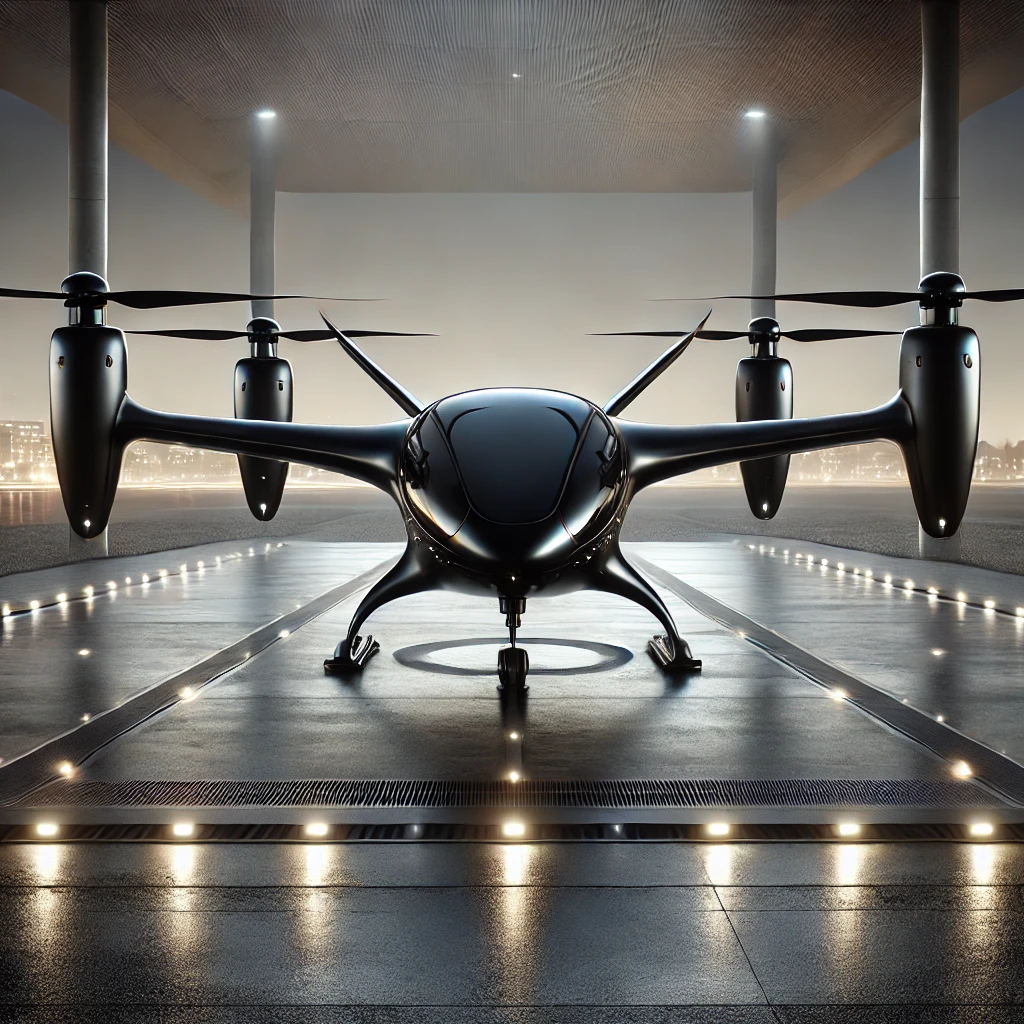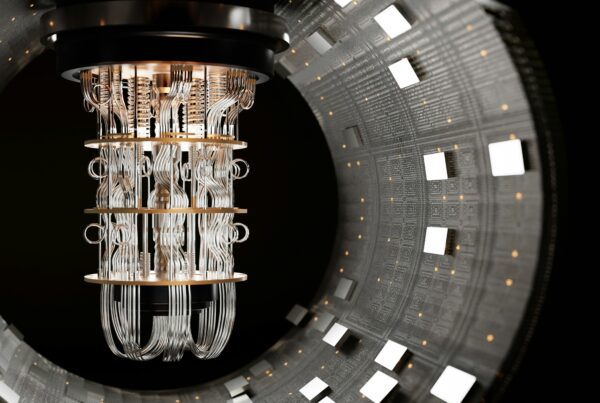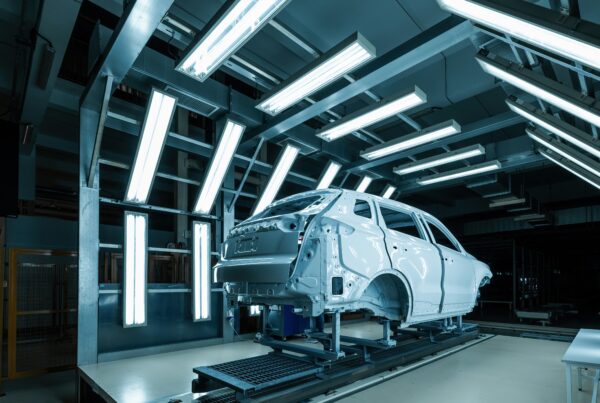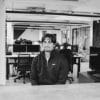The Seamless Integration of Digital Surface Designers in eVTOL, Humanoid Robotics, and Automotive Design
In the world of design and engineering, Surface Designers are the visionary artists who breathe life into concepts, transforming them from abstract ideas into functional, aesthetically pleasing forms. These professionals play a crucial role across a range of industries, including electric vertical take-off and landing (eVTOL) aircraft, humanoid robotics, and automotive. Their ability to seamlessly work across these fields demonstrates the versatility of digital sculpting and its impact on the future of mobility and human interaction.
eVTOL: Sculpting for Efficiency and Performance
In the rapidly emerging eVTOL industry, Surface Designers face a unique challenge: creating designs that are not only visually appealing but also functional and aerodynamic. eVTOL aircraft require precision in every curve and surface to ensure optimal performance during take-off, flight, and landing. Surface Designers work with advanced CAD (computer-aided design) and 3D modelling tools to refine the exterior shape of these vehicles, focusing on reducing drag, optimizing airflow, and ensuring stability. Their designs help improve the overall efficiency of the aircraft, which is crucial for the success of these flying vehicles in urban air mobility.
While aesthetics remain important, Surface Designers in the eVTOL space also have to account for the integration of critical systems like rotors, sensors, and power units, ensuring that the form complements the function. The seamless flow of design, from a concept to a fully sculpted, flight-ready model, is critical in pushing the boundaries of air travel.
Humanoid Robotics: Merging Art and Function for Human Interaction
When it comes to humanoid robotics, Surface Designers shift their focus to creating highly functional yet human-like designs. Unlike vehicles or aircraft, robots must interact with people, which means their forms must not only be aesthetically engaging but also ergonomic and approachable. Sculpting the exoskeletal structure of a humanoid robot requires an understanding of human anatomy, movement, and ergonomics.
Surface Designers use specialized software to create lifelike textures, expressions, and body movements that allow robots to appear as natural as possible. From the smooth curvature of the arms to the fine details of the face, every part of the robot’s surface is sculpted with precision to ensure it is both functional and empathetic. The goal is to create robots that not only perform tasks but also build trust and engagement with humans, whether in healthcare, logistics, household, or entertainment.
Automotive: Shaping the Future of Transportation
In the automotive industry, Surface Designers bring vehicle designs to life by shaping the contours of a car’s exterior and interior. For the exterior, this means refining every line and curve to optimize aerodynamics, enhance performance, and create a visually striking silhouette. Whether it’s a sports car or a family electric vehicle, Surface Designers are responsible for crafting a design that is both efficient and beautiful.
On the interior, Surface Designers work on creating ergonomically designed dashboards, seats, and controls. Every curve in the cabin must serve a purpose; whether it’s to enhance comfort, improve functionality, or create an intuitive user experience. The intersection of art and engineering is essential here, as Surface Designers ensure that the interior’s aesthetics align with the vehicle’s performance goals, contributing to an immersive driving experience.
Seamlessly Working Across Industries
What makes Surface Designers truly remarkable is their ability to transition seamlessly between these very different industries. Whether they are designing the aerodynamic surfaces of an eVTOL aircraft, crafting the lifelike features of a humanoid robot, or refining the curves of a car, Surface Designers use their skills to create innovative, high-performance designs. The expertise required to balance form with function allows them to adapt their techniques to the specific needs of each industry.
Their work begins with an idea, but through digital sculpting, it transforms into a three-dimensional masterpiece, ready for production. With the help of advanced tools and technologies, Surface Designers collaborate closely with engineers, designers, and developers to ensure their vision becomes a reality.
As industries like eVTOL, humanoid robotics, and automotive design continue to push the envelope, the role of Surface Designers will remain essential in shaping the future of transportation and human interaction. Their ability to seamlessly blend art with engineering will continue to drive innovation, creating designs that not only function perfectly but also inspire and engage.
What do you think lies ahead for the future of mobility design? Are we entering a new phase of design, where speed, quality and cost meet harmoniously in the middle?
Let me know your thoughts in the comments below.
Are you a Surface Designer looking for your next contract? Or are you a Design Lead searching for Surface Designers for your upcoming projects?
I’d love to hear from you cyoung@akkar.com








